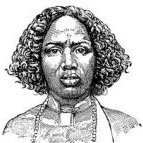Sign in to follow this
Followers
0

How Union Saved the British Somaliland Protectorate from Annexation by Ethiopia
By
Deeq A., in
News - Wararka

By
Deeq A., in
News - Wararka